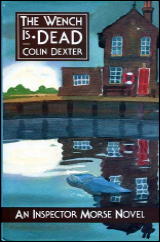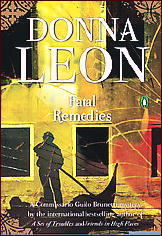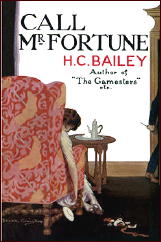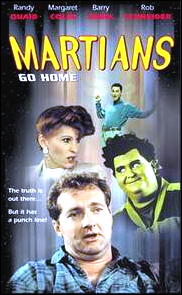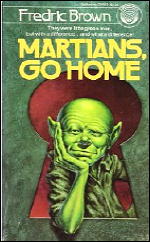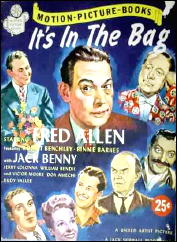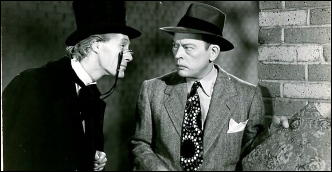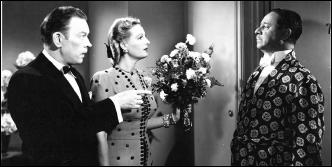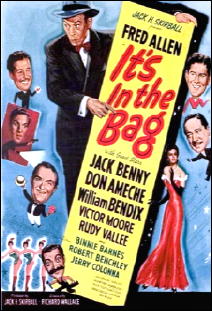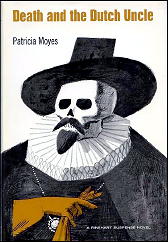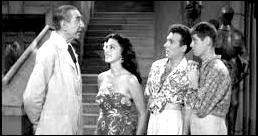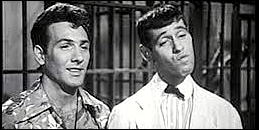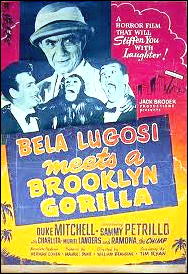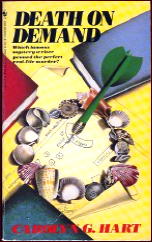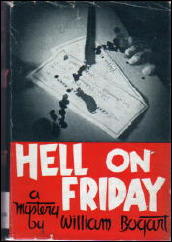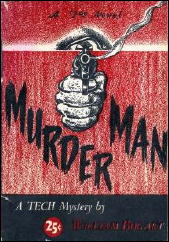Old Time Radio’s ROCKY JORDAN (1945-1957)
by Michael Shonk
There is no simple credit line for Rocky Jordan. The radio series had many lives leaving it with a confusing history. This is an attempt to simplify that history and reveal a few surprises along the way. We begin where Rocky began:
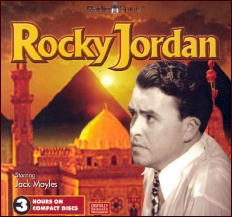
A MAN NAMED JORDAN. Columbia Pacific Network (aka CPN or CBS West Coast). 15 minutes. Monday through Friday. January 8, 1945 through August 17, 1945. Written and directed by Ray Buffum. Jack Moyles as Rocky Jordan, Paul Frees as Ali, Jay Novello as Duke, Dorothy Lovett as Toni.
The story was told in the format of a radio serial complete with cliffhangers. With only two episodes surviving, it is difficult to judge the entire series, but one hopes the entire series was as fun and entertaining as the surviving episodes.
Set in Istanbul, the Cafe Tambourine’s owner Rocky Jordan is an adventurer who enjoys taking on bad guys in his search for profit. Rocky has little interest in the native culture and has a native Man-servant, Ali.
The two episodes feature a story of danger and adventure as Rocky seeks profit by busting a bad guy’s plan to smuggle Nazi war criminals and their loot out of Germany.
A MAN NAMED JORDAN. CPN. 30 minutes. Weekly. November 3, 1945 through September 27, 1947.
No episodes survive but it is assumed the same staff and cast returned.
ROCKY JORDAN. CPN. 30 minutes. October 31, 1948 through September 10, 1950. Produced and directed by Cliff Howard. Jack Moyles as Rocky, Jay Novello as Captain Sam Sabaaya.
Most of the episodes from this series survives.
Rocky and his Cafe Tambourine are now in Cairo. Trouble weary, Rocky tries to avoid adventure, but seems destine to always find himself stuck in the middle of trouble. Effort is put in using authentic music and locations, respect is paid to the different culture, and because of that Cairo comes alive to the listener.
The series mimics such films as Casablanca. There is a mystery to the characters. It is never revealed why Rocky can never return to America. Moyles is perfect as Rocky, while Novello as Captain Sabaaya is his equal. The relationship between the two characters was the backbone of the series’ appeal.
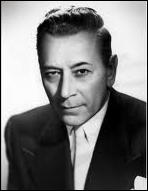
The next time Rocky resurfaced CBS was thinking television: “George Raft, movie actor, takes title role of CBS’s Rocky Jordan radio show tonight. It goes on TV this fall.” (Los Angeles Times, June 27, 1951)
Billboard (March 31, 1951) reports CBS plans to convert a number of their radio shows to television, including Rocky Jordan.
Broadcasting (September 10, 1951) mentions Rocky Jordan was “now in preparation” for TV.
Meanwhile, radio’s Rocky Jordan, with George Raft replacing Moyles, returned as a CBS summer series. It would be the only time Rocky would air over the entire country:
ROCKY JORDAN. CBS. June 27, 1951 through August 22 (*) 1951. Produced and directed by Cliff Howard. George Raft as Rocky Jordan, Jay Novello as Sabaaya, Four episode of the series’ eight plus the audition tape still survive.
(*) While radio logs from both the New York Times and Washington Post has Rocky‘s last episode August 22, the Los Angeles Times has an episode for August 29.
Raft plays Rocky as a tough guy with a heart of gold, making one miss the talents of Jack Moyles. Besides Raft, the only other real difference was having bartender Chris annoyingly talk directly to the listeners as he narrated the action.
There is no evidence that Raft continued to play Rocky beyond the CBS summer series. Using the Los Angeles Times logs (this post would not have been possible without JJ’s Radio Logs), I was unable to find any Rocky Jordan episode airing after August 29, 1951 and before October 13, 1952.
According to Broadcasting (October 6, 1952) Rainer Brewing signed to sponsor Rocky Jordan on CPN for fifty two weeks starting October 13, 1952.
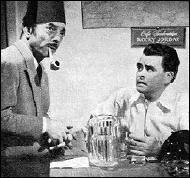
ROCKY JORDAN. CPN. October 13, 1952 through June 26, 1953. Jack Moyles as Rocky Jordan.
None of these episodes survives. We know of Moyles’ return because Broadcasting twice (November 10, 1952 and March 30, 1953) referred to Moyles (using present tense) as starring in the title role of CPN’s Rocky Jordan.
There are surviving audition tapes from attempts to bring Rocky back in 1955 and 1957.
ROCKY JORDAN. August 25, 1955. Two fifteen minute episodes. Jack Moyles as Rocky, Jay Novello as Sabaaya.
Rocky is caught in the middle of a story of intrigue as his attempt to save a friend and Tribal leader backfires. The story is in the style of Rocky Jordan but uses the cliffhanger format of A Man Named Jordan.
ROCKY JORDAN. Armed Forces Radio Service. 1957. Jack Moyles as Rocky, Jay Novello as Sabaaya. Recreation of the episode “Nile Runs High” (September 18, 1949)
Rocky Jordan, with Jack Moyles, was a quality program with intelligence, wit, and style. This was radio at its best, telling a story with words and sounds so vivid it would awaken our imaginations and take us away to experience ancient cultures and exotic lands.
SOURCES:
JJ’s Logs: http://www.jjonz.us/RadioLogs
Thrilling Detective: https://www.thrillingdetective.com/jordan_r.html
Rand’s Esoteric OTR: http://randsesotericotr.podbean.com/category/rocky-jordan
Radio Archives: Volume 1.
Volume 2.
Volume 3.
Episodes are available to listen at archive.org and a variety of other places on the internet.
